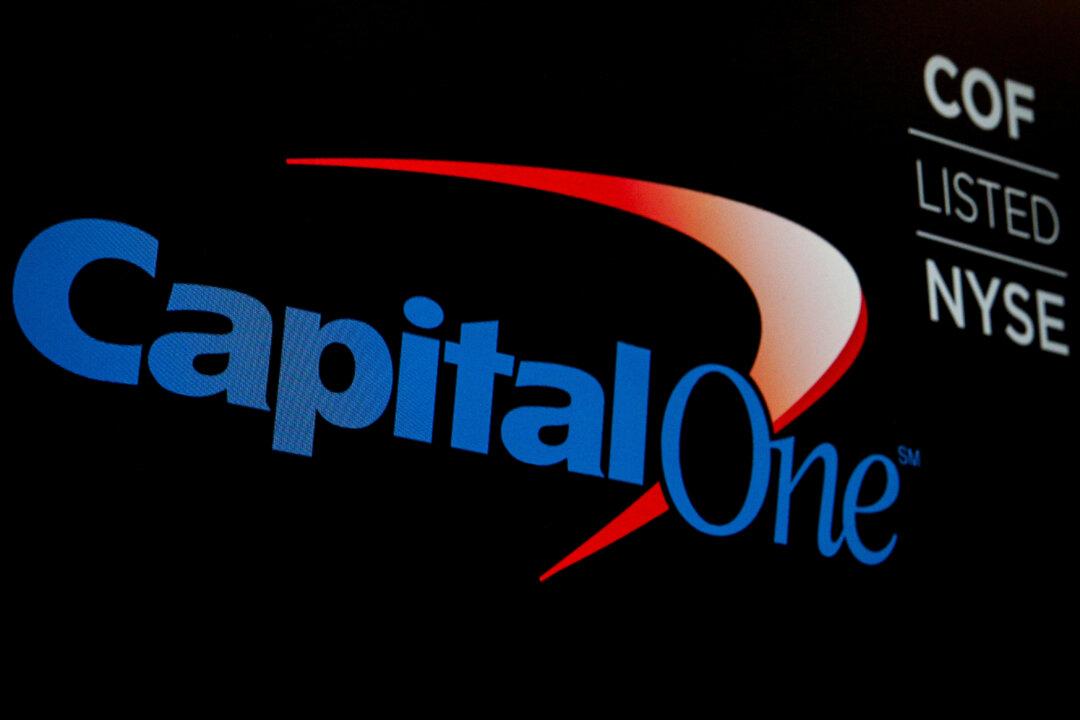Based on Executive Order 14067, a central bank digital currency system should integrate seamlessly with traditional forms of the U.S. dollar, improve existing payment systems, ensure global financial interoperability, advance “financial inclusion and equity,” protect national security, “provide ability to exercise human rights,” and “align with democratic and environmental values, including privacy protections,” the technical report states.
Besides basic financial aspects, the CBDC “should support payments to and from the public sector and equity-advancing initiatives, such as the administration of social safety net programs,” according to the report.
Third Party Regulation
The report does not specify whether the CBDC should appropriate “a third party” to facilitate payments between a sender and receiver. If the CBDC were to adopt a third party regulator, it would go against decentralization—one of the basic tenets and advantages of adopting cryptocurrencies.“Some amount of peer-to-peer (P2P) transactions” could be allowed, said the report. However, most of the transactions would occur “with the involvement of a financial intermediary.” More intermediation could increase digital protections and “advance financial inclusion and equity.”
Unlike bitcoin, the CBDC would be largely regulated, and it would require permissions from governing parties. The central bank could also track purchases and restrict the user’s access to the funds.
Detractors of the CBDC claim that the currency can be made into a mechanism that is like the Social Credit Score system currently employed by the Chinese Communist Party (CCP) to regulate the Chinese citizens. Under the system, the CCP gets to decide what sorts of facilities are granted to the average citizen based on their compliance to authoritarian rules.
According to recommendations, the CBDC system would be managed by “a set of trusted entities” or a network of system participants or a combination of the two.
Transactions would be divided into different tiers based on privacy, financial inclusion, and other factors. When “lower” tier users—who provide less identity verification information—make use of the system, they could be “subject to transaction limits,” unlike “higher” tier users.
Privacy Concerns
In March, three Republican senators put forward a bill to prohibit the Federal Reserve from issuing CBDC directly to individuals, warning that it could end up being used as a financial surveillance tool.In a press release, Sen. Ted Cruz (R-Texas), who introduced the bill, said that the federal government could either encourage innovation in the cryptocurrency space or end up devastating it.
“This bill goes a long way in making sure big government doesn’t attempt to centralize and control cryptocurrency so that it can continue to thrive and prosper in the United States,” Cruz stated.
Regarding identity-related information within transactions such as payment addresses, the report said that the data could be known by the central bank or intermediaries or could remain more private, based on the tier of the user.
The report notes that “identity-related information known to the central bank for all or most transactions would represent a significant expansion of the central bank’s access to customer information, which would raise significant privacy concerns.”
“Even if policies exist to prevent this harm at this time ... enabling this capacity could allow a future Administration to use the CBDC system to surveil the population in close detail, and cybersecurity compromise may still occur,” the report states.
“Right now, some aspects of our current payment system are too slow or too expensive,” Yellen said.





